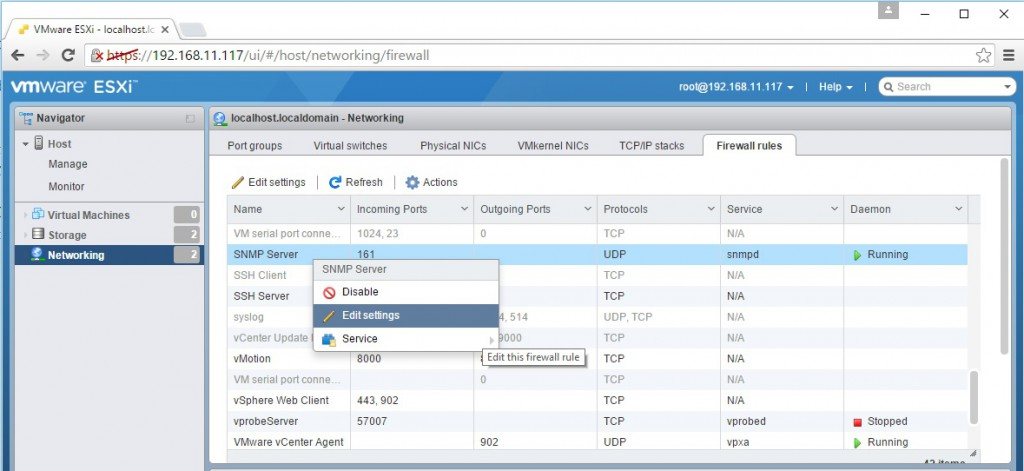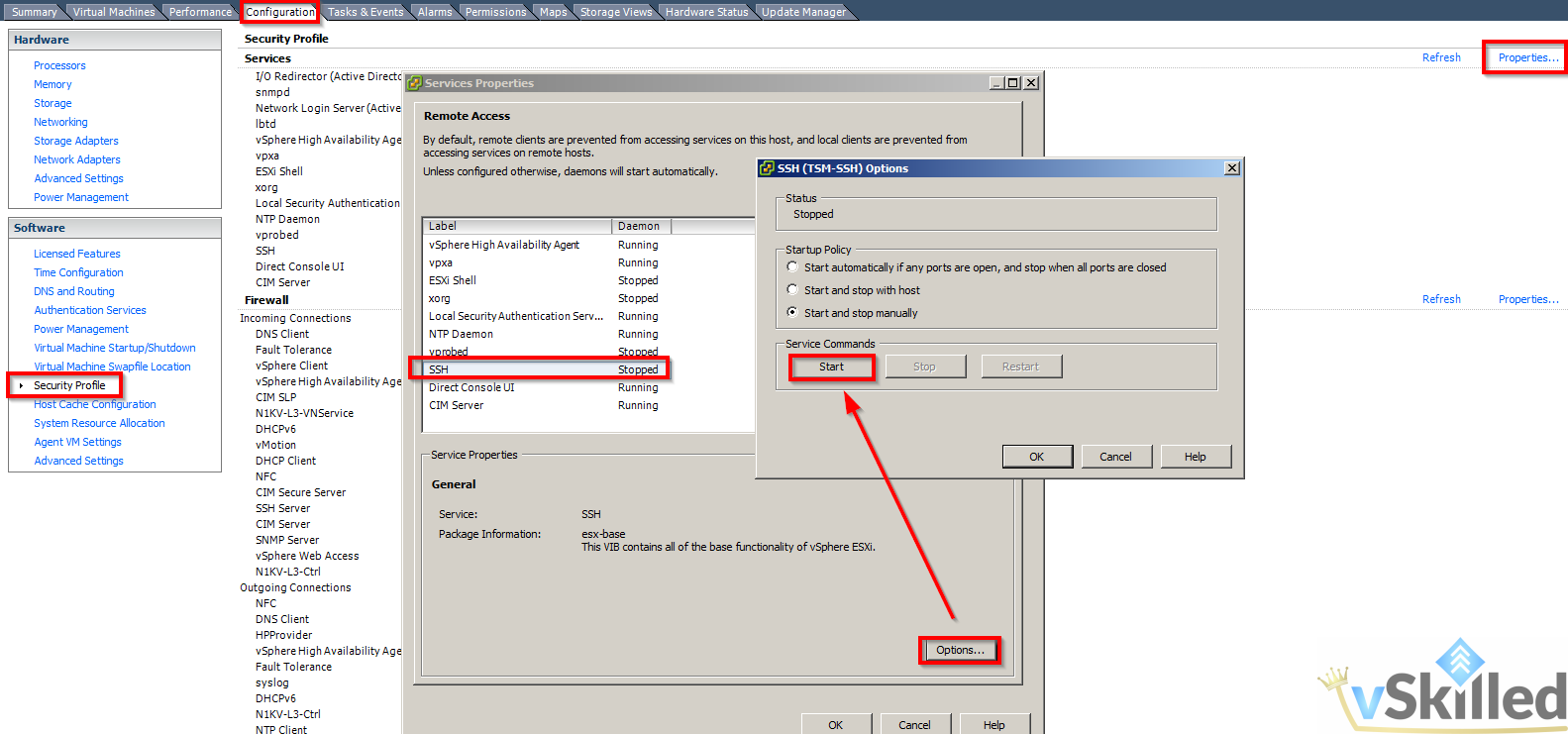


These are the steps to reconfigure VMware ESXi to have the SSH service listening on port 222:Ġ. We decided to use another port for SSH, say… 222.

We will use this machine to run all the machines as VMs in VMware ESXi. Thank you for reading.We decided to consolidate our office network and we bought a new server with 32GB of memory and some new processor and motherboard. If for some reason you’ve lost network access to your host but still need to SSH into it? Or otherwise find it more simple or easier to log into the console than any sort of interface - you can also do this in the console under the Troubleshooting Options menu. Similarly to the vSphere client, you can opt to start the SSH service for the duration, or alternatively select a startup policy. Select TSM-SSH in the list and proceed to the “Actions” menu The latter will enable SSH for the duration, until you disable it or the host reboots.Īs you can see, the “Summary” page of my vSphere client is notifying me that SSH is enabled.Īfter logging in, proceed to the “Manage” link on the left-hand side. You can change the startup policy if you wish, or otherwise just hit the “Start” button. In the upper right corner of the Security Profile page, click on “Properties…”įind SSH in the list and click on “Options…” Scroll down and click “Security Profile” on the left-hand side, under the “Software” header. I’ll show you how to do both, since VMware wants to transition us to the WebUI and deprecate the vSphere client.Īfter logging in, proceed to the “Configuration” tab. Now I can link to this post! xDĮnabling SSH access to your ESXi server can be done in the vSphere application or the WebUI for your host. Here’s to all the articles I’ve implicitly stated “enable SSH access” or “SSH should be enabled” but offered no further assistance for those who wanted to know how to do that.


 0 kommentar(er)
0 kommentar(er)
